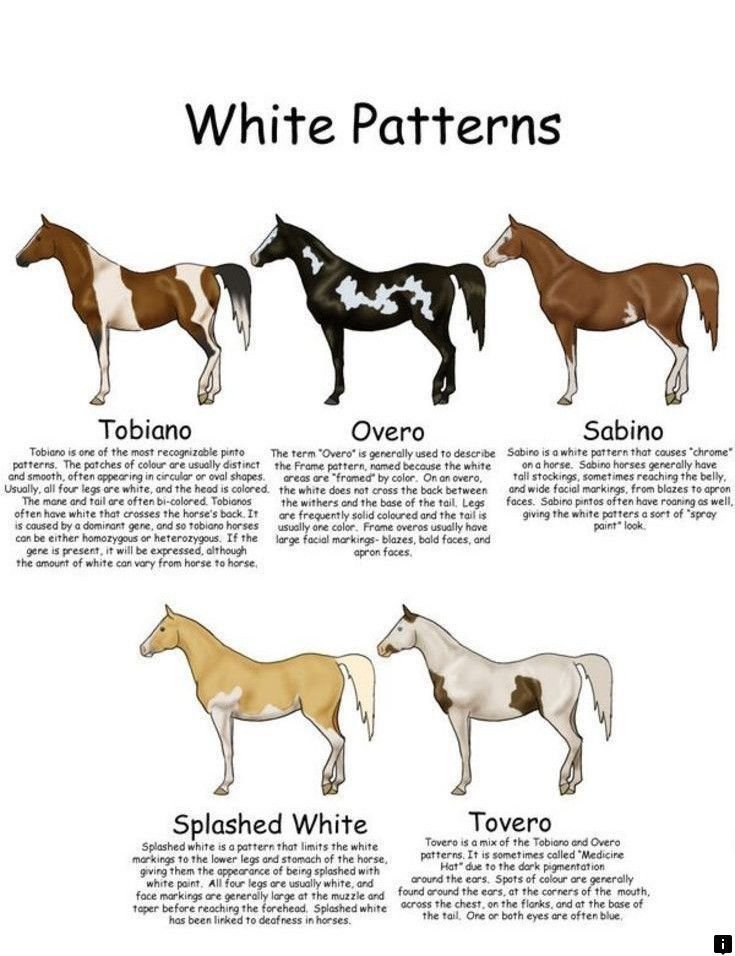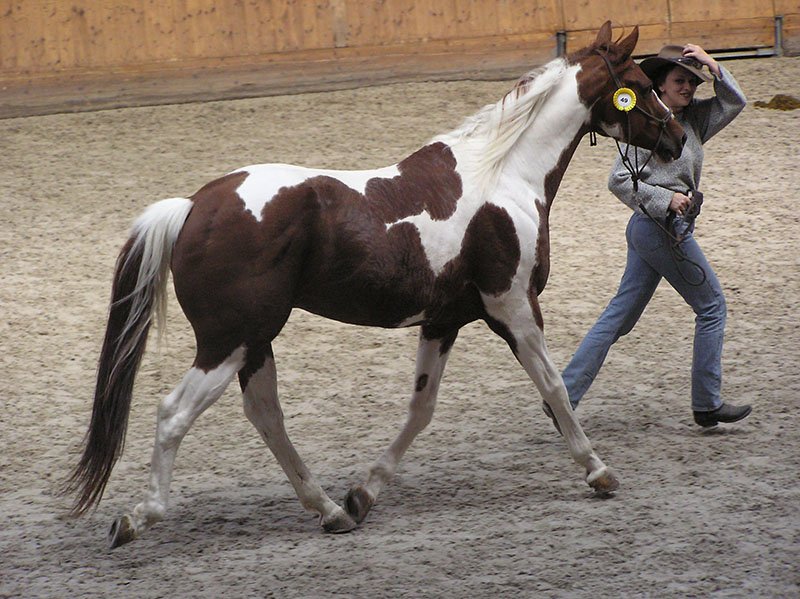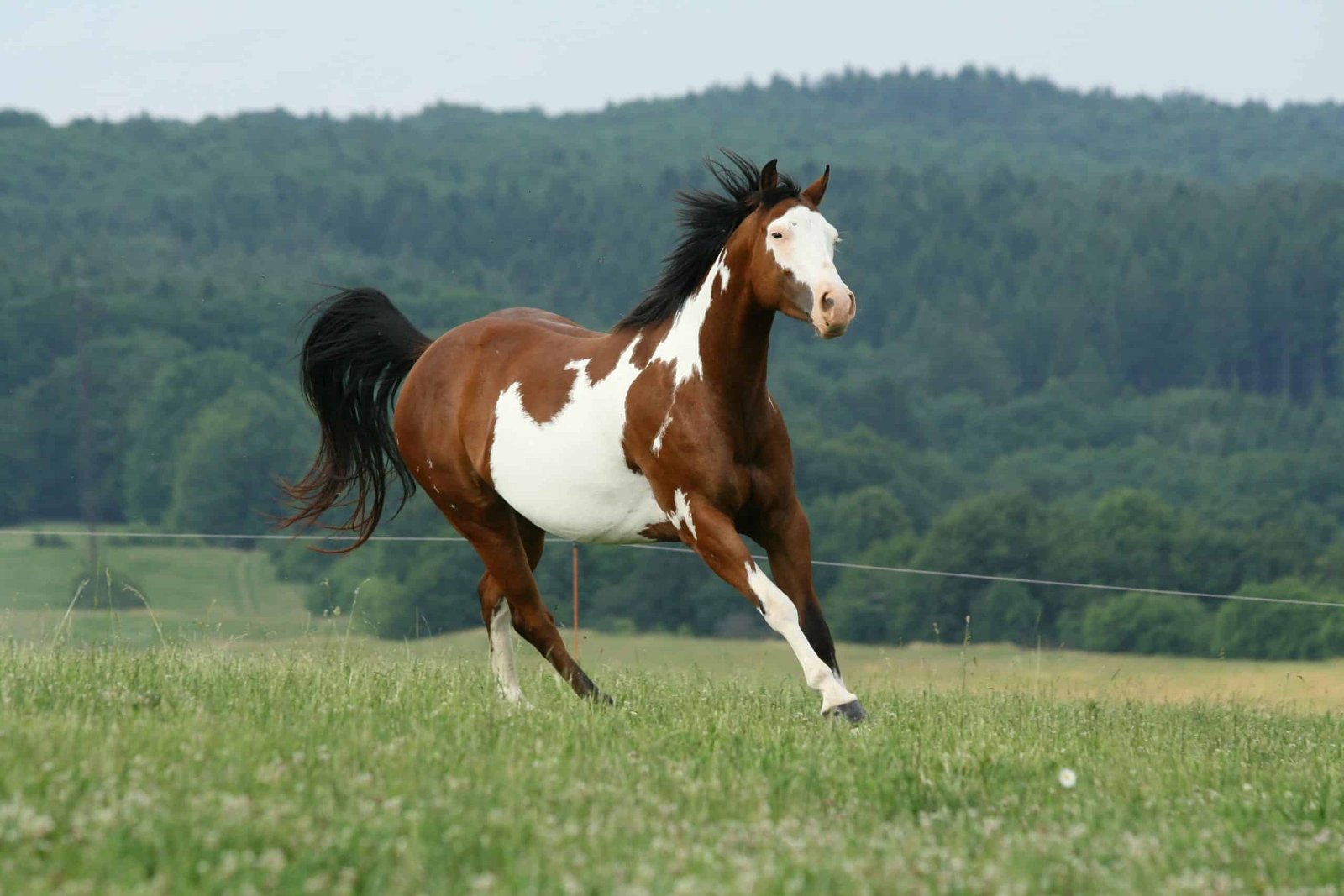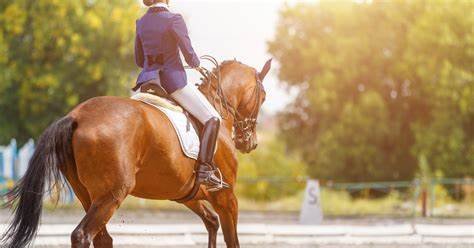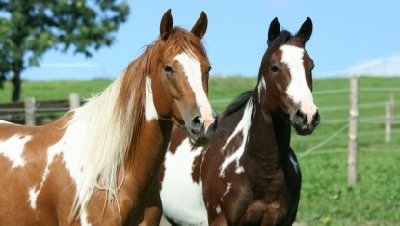The Paint Horse is a beloved breed known for its unique coat patterns and versatile abilities. As one of the most popular breeds in the United States, Paint Horses are often praised for their striking appearance and exceptional athleticism. While the term “Paint Horse” commonly refers to a specific breed recognized by the American Paint Horse Association (APHA), the breed is sometimes compared to other horses with similar coloring, including the Pinto and the Overo. This article explores the distinct characteristics of the American Paint Horse and how it compares to other horse breeds.
1. American Paint Horse: The American Paint Horse is recognized as a distinct breed with specific characteristics that set it apart from others. As a member of the American Quarter Horse and Thoroughbred family, the Paint Horse combines the speed and agility of its ancestors with a unique coat pattern. The breed is known for its beautiful, colorful coat, which features large, irregular patches of white and dark colors.
- Breed Origins: The American Paint Horse’s roots can be traced back to the Native American horses of the 1500s, which were bred with Spanish horses brought to the Americas. These horses were known for their sturdy build, quick reflexes, and striking coat patterns. The breed began to gain recognition in the 20th century, with the establishment of the American Paint Horse Association (APHA) in 1962 to formally register the breed and standardize its characteristics.
- Coat Patterns: One of the most defining features of the American Paint Horse is its coat pattern. Paint Horses can come in three main color patterns:
- Overo: These horses typically have a white marking that does not cross the back between their withers and tail. The white areas often cover the legs and face.
- Tobiano: This pattern is characterized by white markings that usually cross the horse’s back, with spots or patches that are symmetrical and consistent across the body.
- Tovero: A combination of both Overo and Tobiano patterns, with varying degrees of white markings across the horse’s body.
- Temperament and Athleticism: American Paint Horses are known for their intelligent, calm, and willing nature. Their athleticism is ideal for a range of activities, from Western riding and cutting to dressage and jumping. They are also popular in rodeo events and endurance riding due to their stamina and agility.
As Paint Horse enthusiasts at Creamacres, we appreciate quality in all forms—whether it’s a beautifully marked coat or exceptional entertainment. While exploring premium experiences, we recently discovered the Jackpot Town latest offers that deliver outstanding value.
Much like selecting champion bloodlines, choosing top-tier promotions requires discernment. These limited-time opportunities mirror the exclusive traits we breed for in our Paint Horses. Responsible enjoyment remains as important in leisure as in equine stewardship.
2. Pinto Horse: The Pinto Horse is often confused with the Paint Horse due to similar coat patterns. However, Pinto is not a breed but rather a color designation used to describe horses with a specific coat pattern. Pinto horses can come from a variety of breeds, including Quarter Horses, Thoroughbreds, and Arabians.
- Breed Diversity: Unlike the American Paint Horse, which is a distinct breed with specific registry requirements, Pinto horses can be of any breed as long as they possess the characteristic coat pattern. The Pinto pattern can appear in either the Overo or Tobiano forms, but the horse must have at least one dark and one white color.
- Registration and Classification: Pinto horses are registered through the Pinto Horse Association, which allows horses of various breeds to be recognized for their unique coloring. While the Pinto Horse Association does not focus on a horse’s lineage or conformation in the same way the APHA does, the horses must meet the specific color requirements to be eligible for registration.
3. Overo Horses: The term “Overo” refers not to a specific breed but to a coat pattern that is commonly seen in several breeds, including the American Paint Horse. Overo horses typically have a white marking on their face, legs, or belly that does not cross the back between the withers and the tail.
- Coat Pattern Characteristics: Overo horses are identified by their jagged, irregular patches of white that often do not connect to form large white areas across the back. These horses may have a more distinctive, less symmetrical appearance compared to Tobiano horses.
- Overo in Other Breeds: While Overo horses are typically associated with Paint Horses, the pattern can appear in other breeds, such as the Quarter Horse or the Saddlebred. The pattern is often linked to specific genetic traits that can be present across multiple breeds.
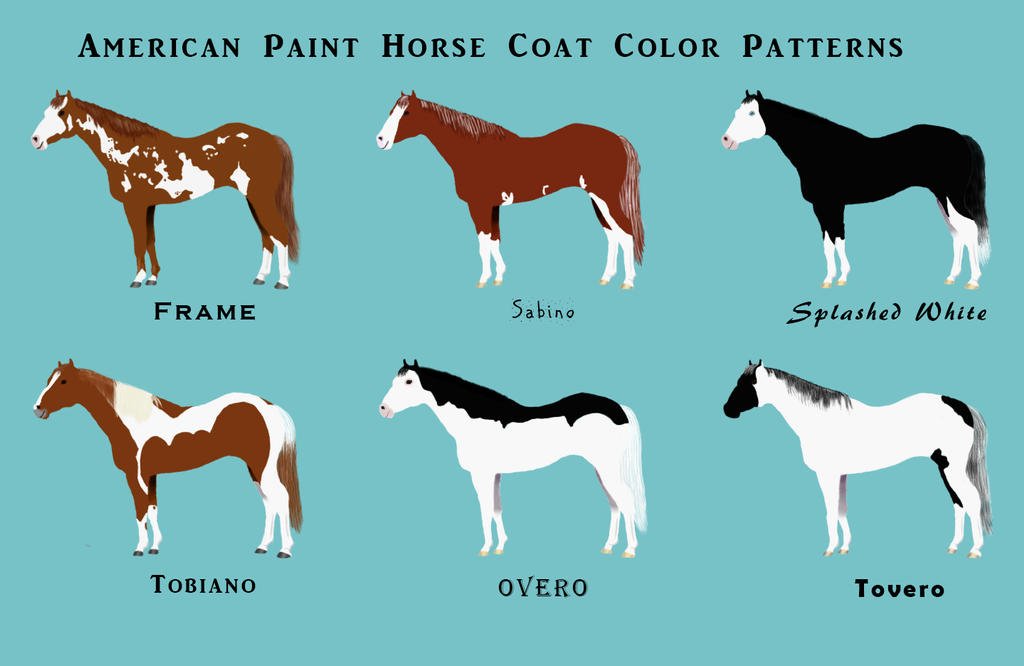
4. American Quarter Horse: While the American Quarter Horse is distinct from the American Paint Horse, the two breeds share a significant amount of history and heritage. The Quarter Horse is one of the most popular and versatile horse breeds in the world, known for its speed, agility, and solid, muscular build.
- Breed Differences: The primary difference between the Quarter Horse and the Paint Horse lies in their coat patterns. While the American Paint Horse may have the same conformation and genetic background as a Quarter Horse, it is distinguished by its unique coat pattern. Many Paint Horses also trace their ancestry to Quarter Horses, but not all Quarter Horses have the distinctive coloring of the Paint Horse.
- Versatility: Like the American Paint Horse, the Quarter Horse is highly regarded in Western disciplines such as cutting, reining, and barrel racing. They are also known for their performance in English riding and halter events.
5. Thoroughbred Horses: Thoroughbred horses are widely known for their speed, particularly in racing. Though Thoroughbreds are typically associated with solid coat colors such as bay, chestnut, and black, some may have Pinto patterns, though this is rare.
- Physical Characteristics: Thoroughbreds are tall, lean horses known for their refined conformation, long legs, and quick reflexes. They are bred primarily for flat racing but also excel in jumping, dressage, and eventing.
- Thoroughbreds vs. Paints: While Thoroughbreds and Paint Horses share an athletic build, their temperaments and specific skills differ. Thoroughbreds are often more energetic and sensitive, making them excellent for fast-paced sports like racing. In contrast, Paint Horses tend to be more docile, making them suitable for a wider variety of disciplines.
CreamAcres.com showcases the joys of rural life and wholesome activities. After a day of enjoying the fresh air and farm experiences, many families and individuals also enjoy unwinding with various forms of online entertainment. For those interested in exploring reputable digital gaming platforms, looking into casinos online new zealand can provide helpful insights. Always remember to balance your outdoor pursuits with responsible and enjoyable digital leisure activities.
Conclusion: The American Paint Horse stands apart as a unique breed with a distinct identity based on both its athleticism and remarkable coat patterns. While the Pinto, Overo, and other horses may share similar colors, the Paint Horse is a recognized breed that combines these stunning patterns with an excellent disposition and physical capabilities. Whether compared to the versatile Quarter Horse, the fast Thoroughbred, or the color-specific Pinto, the American Paint Horse has proven itself as one of the most diverse and beloved breeds in the equestrian world.







